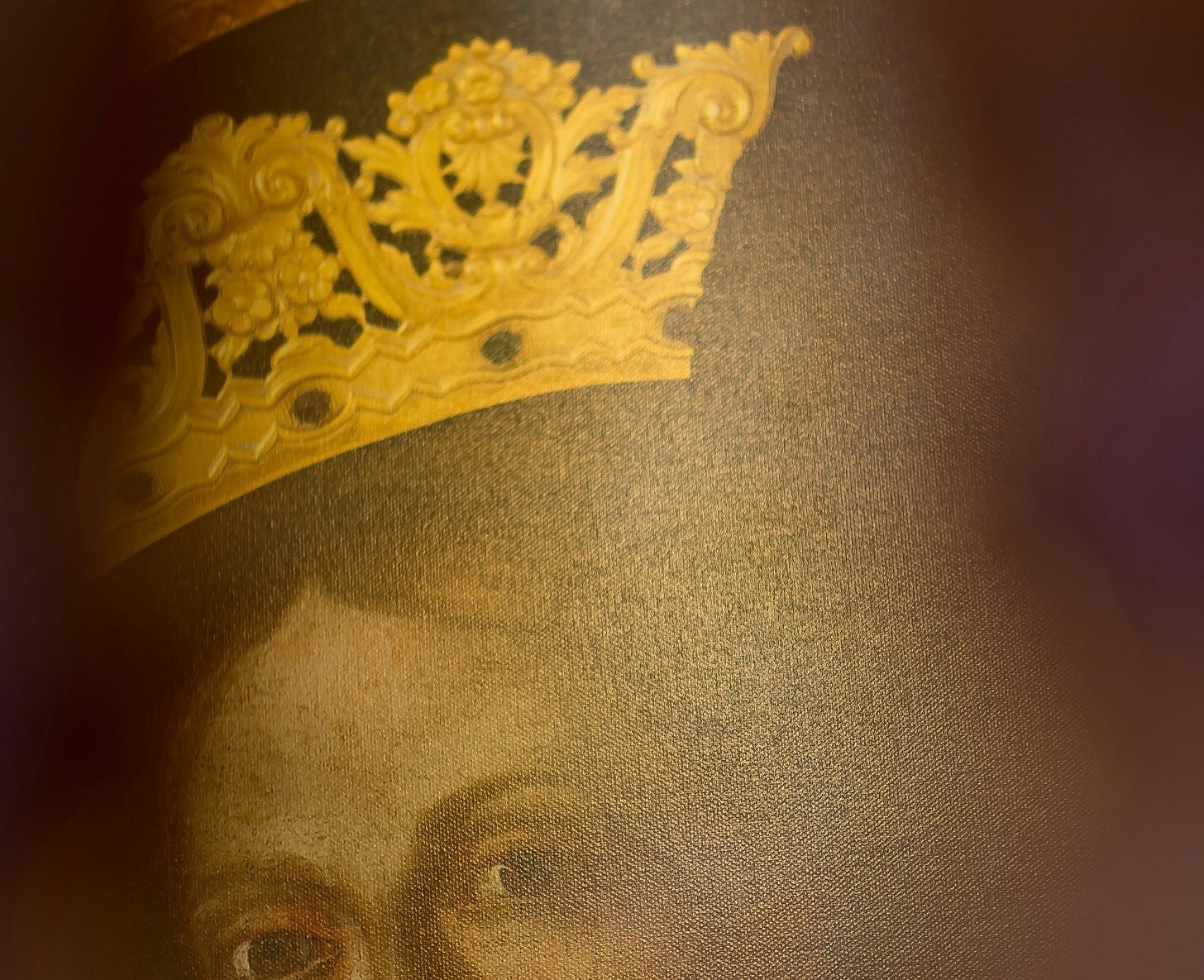The Hidden Queen
Mary’s Self-Emptying as the Purest Mirror of Incarnational Mysticism
Today, August 15th, Christians across East and West honor the Glorification of the Theotokos—the mystery in which the Mother of God, at the end of her earthly life, was received by her Son and raised into His glory. In her rising, the Church beholds both the perfection of her humility and the promise of our own resurrection in Christ.
Mary’s greatness lies in how little we can truly say about her. The Gospels, which linger over so many lesser figures, give her only a handful of words, a few moments in the public eye. She enters quietly, speaks sparingly, and disappears again into the background. Even when she is at the heart of the story—at the Annunciation, at the Cross—she does not occupy it. She is there for Christ, not for herself. It is this hiddenness, this almost painful self-erasure, that may be her most extraordinary sanctity.
The Church calls her Queen, yet her reign is one of silence and consent. The fullness of her life is summed up not in any grand work she claimed as her own, but in her “fiat”—a word that yielded her entire identity to God’s purpose. She is the saint of saints because she never sought to be a saint at all. Her will was so perfectly conformed to her Son’s that she had no separate self to project, no private cause to advance. She is, in the deepest sense, the selfless one—the human being whose entire existence is Christ living in her.
In the mystery celebrated by East and West—the Dormition of the Theotokos in the Orthodox Church, the Assumption in Catholic tradition—this hiddenness is brought to its divine conclusion. She dies as any other believer dies, entrusted wholly to the mercy of God. Her body is laid in the tomb, as any body must be. And then, as the firstfruit of the general resurrection, she is raised and taken into the life of the Kingdom. But even here, the event resists becoming her possession. She does not rise by her own power, as in Christ’s Ascension. She is lifted. The glory is not hers by right, it is God’s glory in her, just as it was in her earthly life.
Her hiddenness makes her the most accessible of saints. We cannot all be preachers or martyrs. We cannot all write letters that shape the faith for centuries. But we can all, if we consent, live in such a way that Christ is everything and we are nothing apart from Him. Mary shows us that holiness is not a public performance, but the unbroken surrender of the soul to God in the small, unseen moments. This is why she is the model for all the faithful, because her path is open to everyone, not only the gifted or the strong.
The Dormition reveals the final fruit of such a life. Her rising is not a private honorific but a promise. What God did in her, preserving her from corruption, raising her in glory, He means to do in all who belong to Him. Her hiddenness on earth makes her nearness in heaven more powerful. She is close to us because she is so close to Him, and she is close to Him because she allowed Him to be her only identity.
Mary’s poverty of self is her crown. The less she claimed for herself, the more God could give her. The less she appeared in her own right, the more her life became the living presence of Christ. And so the one we know the least may be the one who most perfectly shows us what it means to be a disciple: to vanish into God so that His light shines without obstruction.
In her hiddenness, she extends to every soul the most intimate of calls—to step beyond the narrow borders of self, to be dissolved into the vastness of His love, and there to awaken into the unending life where nothing of us remains but what has become wholly His.





I loved this thought: "And so the one we know the least may be the one who most perfectly shows us what it means to be a disciple: to vanish into God so that His light shines without obstruction." That's so true!
Heavenly. Ethereal. Simpleness. Holiness. Perfection because, and in spite of, our imperfections. We are called to be Marys. Dear God, bless us with your annunciations!